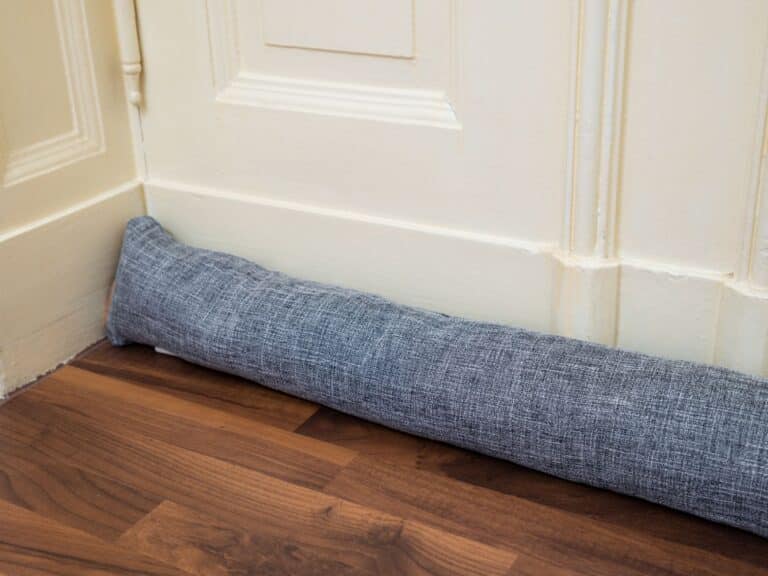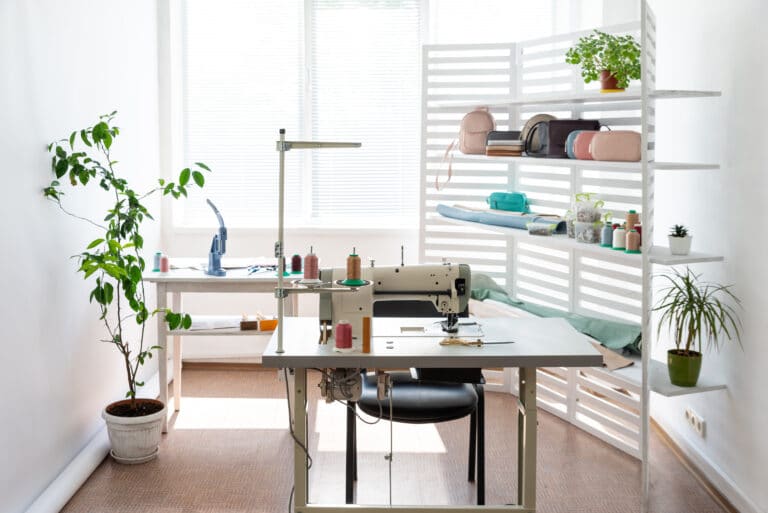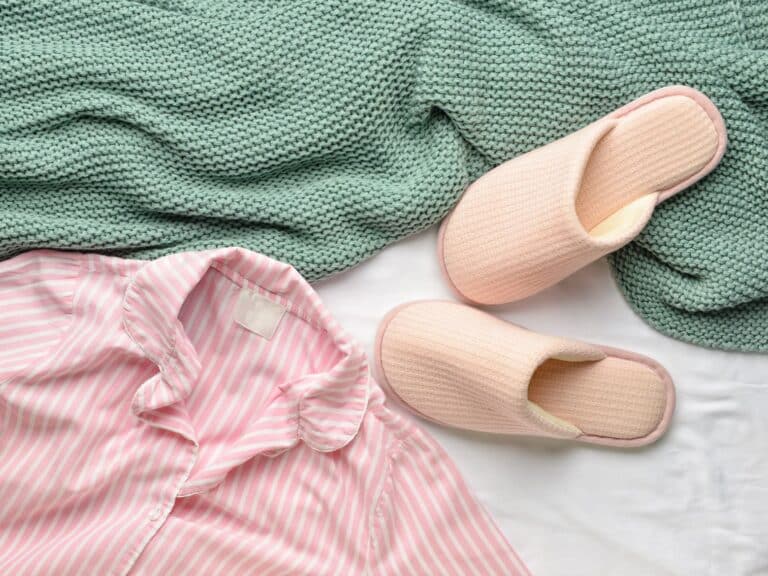How To Stay Stitch & What It Means
Some of the links below are affiliate links. As an Amazon Associate I earn from qualifying purchases. This means that, at zero cost to you, I will earn an affiliate commission if you click through the link and finalize a purchase.
It is not uncommon to have a problem of distortion of curves with some fabrics while sewing that tends to mess up many of your fabrics. These happen when the fabric is overhandled and created ripples and folds.
Stay stitching is the technique that just might help you overcome this challenge so you can produce your fabric without worrying about distortion around the curves. You can use stay stitching on a number of fabrics and projects.
In this article, I am going to talk about what stay stitching means, what it is and how to achieve it in your own projects.
What Does Stay Stitch Mean?
A stay stitch is a straight stitch sewn-through one fabric layer. It is the line of stitches indicated in your pattern instructions that hold curved raw edges in position and prevents them from stitching past the diagonal (bias cut) of the fabric.

If you want to learn more about different fabrics, what they do and what they can be used for click here.
You should typically stay-stitch a fabric immediately after cutting it so it does not stretch out or lose its shape, especially in the neck region. No matter how much you’re in a hurry to get the job done, skipping this step could result in less than favourable results.
Where Will I Need To Stay Stitch?
You would typically use a stay stitch on the edge of a fabric with a bias cut which can easily become more distorted than other fabric grain cuts. It is also not uncommon to use stay stitches on curved cuts like necklines to make sure the pieces fit together properly in the most important places.
Sewing a stay stitch in one direction is called directional stitching. The aim of this is to keep the same shape of fabric as when you cut it out. If you decide to sew in the opposite direction of the directional stitching, you will be going against the reason of stay-stitching and will end up with deformed pieces regardless of your efforts.
You can use the same length and width of constructing the garment for stay-stitching. Compared with easy stitches or basting, stay stitching is not usually removed.
How To Stay Stitch
All the commercial patterns will have stay stitching written in the instructions or marked on the pattern piece. Ensure that the stay stitch starts immediately after you cut before you have handled the pieces. Follow the below steps to stay stitch a fabric:

- Check out the areas on the cloth you want to stay stitch. This is typically the curved areas on the fabric that have a risk of stretching out. These areas are usually the neck and armholes. Take note of them.
- Place the fabric on the machine and set the sewing machine to a straight stitch. Attach your all-purpose presser foot to begin sewing.
- Begin sewing each piece of the fabric separately through a single layer. Sew a line of stitching that follows the seam line but maintains a distance of 1.5 mm (1/16 inch) to 3 mm (1/8 inch) under the seam allowance.
- Start the stitching from the shoulder of one side to the center of the front on a neck curve before stopping.
- Continue from the shoulder on the opposite side of the middle of the front neck until you reach the stay stitching from the other side of the fabric.
- Sewing this way keeps each side of the fabric in check and prevents stretching while you sew around the curved edges of the fabric.
- Keep doing this for each fabric independently and check to make sure that every time you want to stitch the neckline, the stay stitching isn’t visible.
- If you’re sewing armholes, sew with a smaller stitch of about 2.0-inch length maximum.
What Does Stay Stitch Look Like On A Sewing Pattern?
Stay stitching looks just like a regular stitch line on a piece of fabric. You can keep the same regular stitch length (usually around 3) and also choose to backstitch but the stitch line might get caught in a seam.
Stay stitching is complete within your seam allowance so it isn’t visible in your complete item or garment. If you had followed our instructions with the suggested seam allowance, you shouldn’t have any problem with stay-stitching.
Helpful Tips During Stay-Stitching:
- Always stitch from the edge to the center on each side of the fabric so that all the sides are evenly matched and you don’t pull the fabric.
- Stitch immediately after you cut the fabric
- Don’t worry about unpicking. Stay-stitching remains a part of your fabric after your garment is complete.



